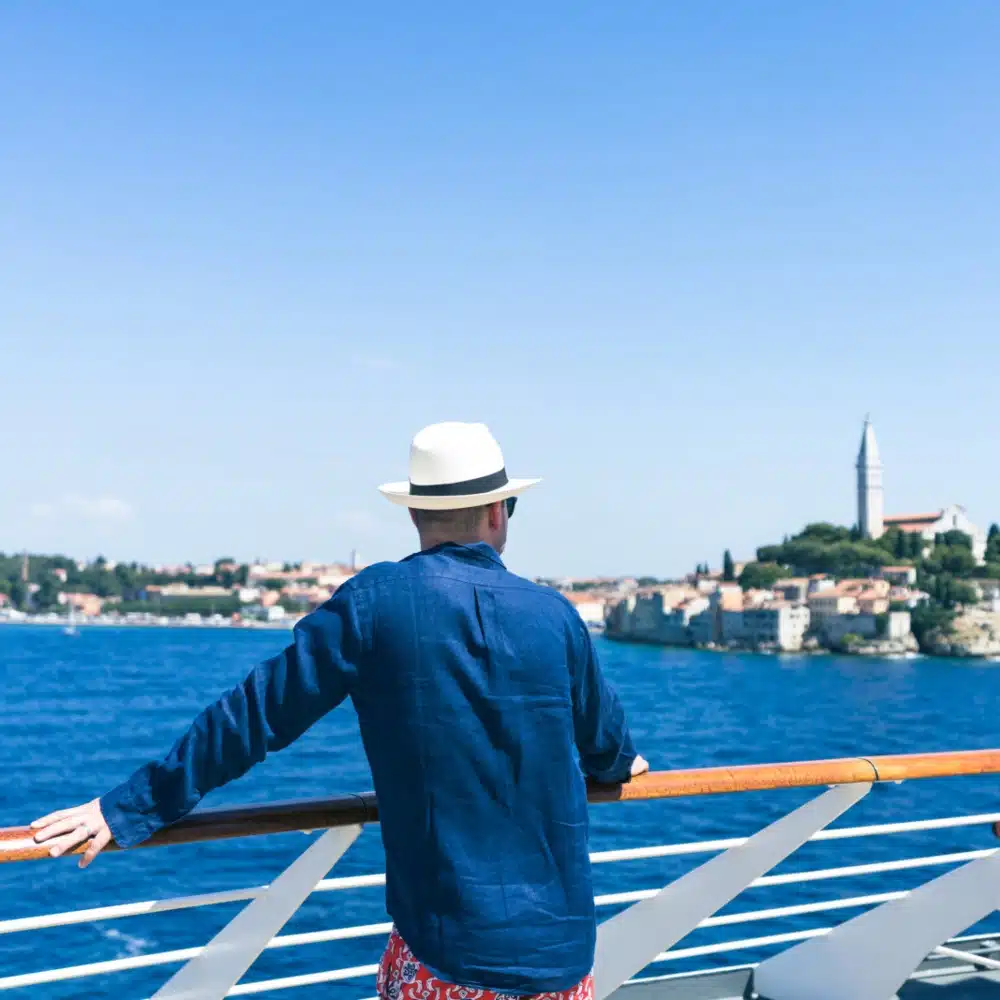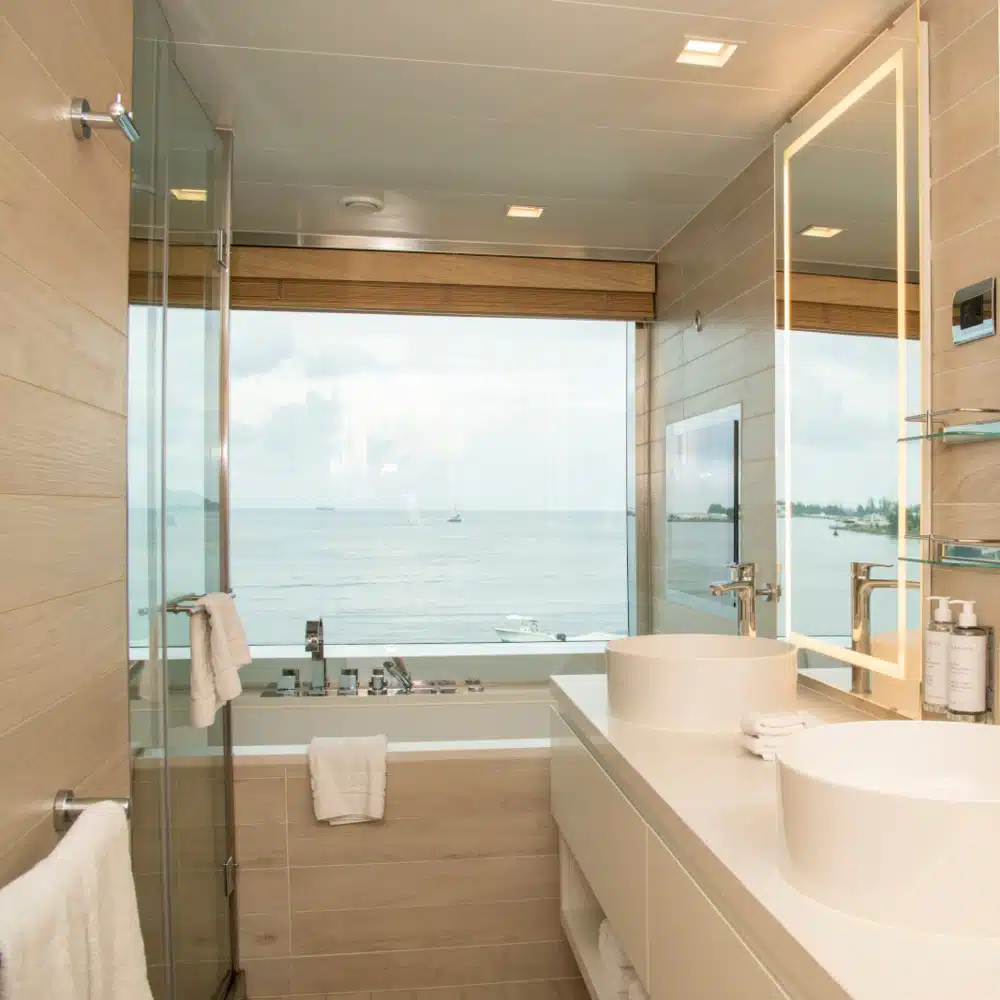PONANT was built on our passion for discovery. Our luxury expedition ships sail to the far ends of the earth to explore, uncover the mysteries of nature, and help preserve fragile coastal lands – much like the French explorers before us. By cruising with us, you, too, are living the legacy that dates back to the 16th century. Here, we want to share the influential French explorers whose impact was so great that ships of the PONANT fleet bear their names.
Today’s PONANT traveler would find it difficult to imagine the courage of France’s maritime explorers before them. Captains helmed hulking, creaking, wooden galleons and set out with their crews into mysterious waters, their fate unknown. But they were driven by their need to discover and made hugely significant contributions to the exploration of the New World and, later, the polar regions.
They expanded French territory, established new trade routes, uncovered new resources, and advanced knowledge in fields such as geography, botany, and cartography. In the face of harsh weather conditions, treacherous seas, unforgiving terrain on land, and hostile native peoples, the quest for knowledge and discovery inspired them to persevere.
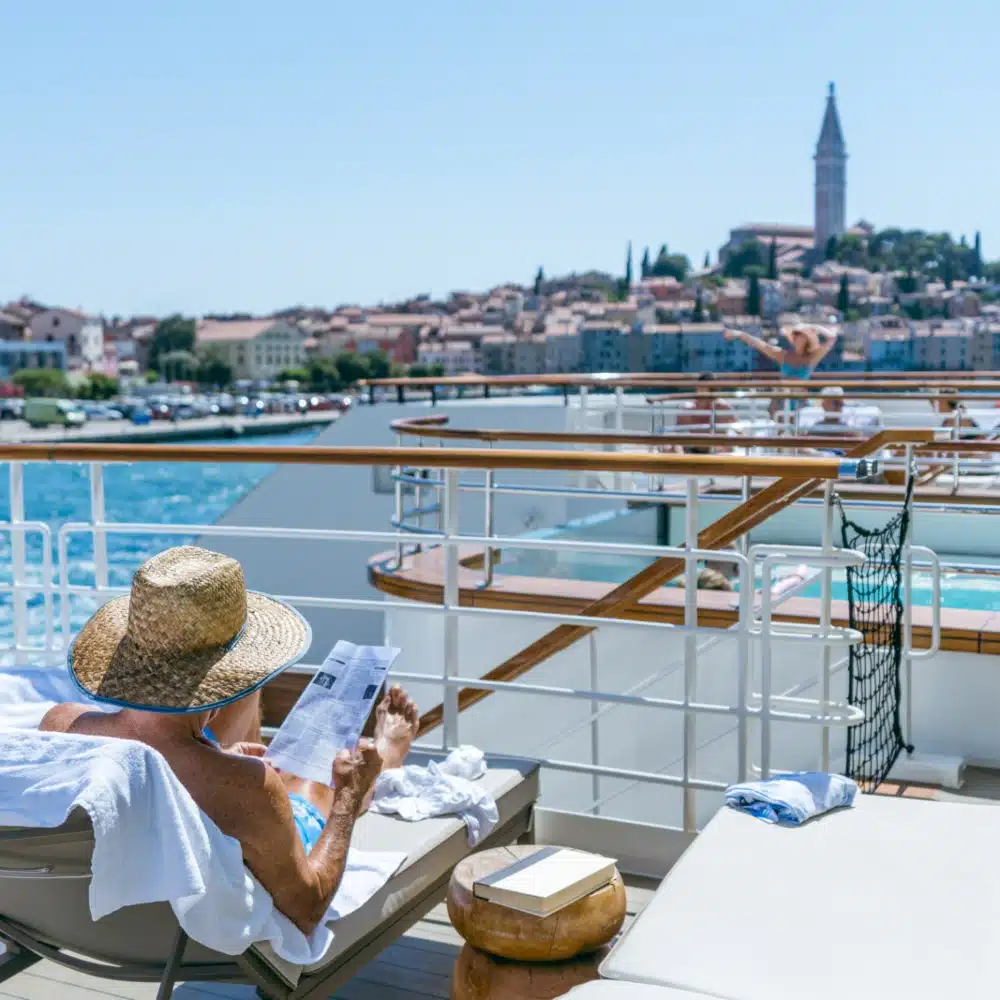
Jacques Cartier: Trailblazer into New France
The Portuguese and Spanish pioneered overseas exploration during the 1400s. French exploration began in earnest around 1534, when Jacques Cartier set out in the name of King Francis I to find a western route to Asia. Instead, he arrived in Newfoundland and sailed around today’s Gulf of St. Lawrence. He returned home sure that he had reached Asia.
Cartier returned to the region a year later, sailing up the St. Lawrence River and landing at what would later become Québec City and Montreal. His voyages laid the foundation for French claims to Canada and the establishment of the French colony of New France. By the time of his third voyage, he was tasked with establishing a permanent settlement on the river, but Cartier failed to establish a true French foothold. Still, he is celebrated as the first European to map much of the region.
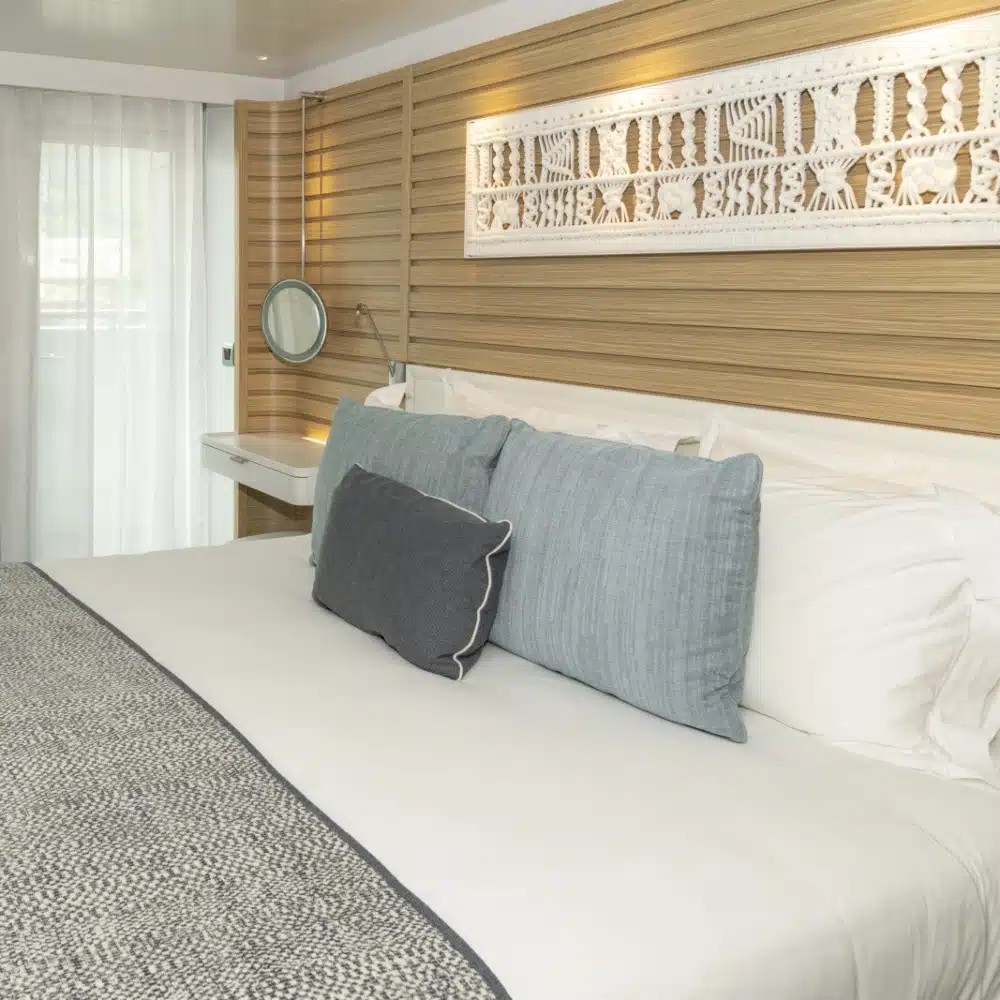
Samuel de Champlain: First Unofficial Governor of New France
While Cartier managed only three voyages, Samuel de Champlain clocked in somewhere between 21 and 29 during the early 1600s. Far more prolific than his predecessor, he wore many hats: navigator, cartographer, soldier, geographer, ethnologist, diplomat, and chronicler. He authored the first coastal map of Eastern Canada and founded numerous settlements, including Port Royal, Acadia (in Nova Scotia) and Québec City. He went on to discover the Great Lakes in today’s United States, forming productive and friendly relationships with the Montagnais, Innu, Algonquin, and Wendat people, even mastering their languages. So familiar was Champlain with the region that King Louis XIII gave him administrative power over all of New France – a post through which he established fur trading and oversaw expansion. He is credited with having laid the groundwork for the economy of New France and, by extension, Canada.
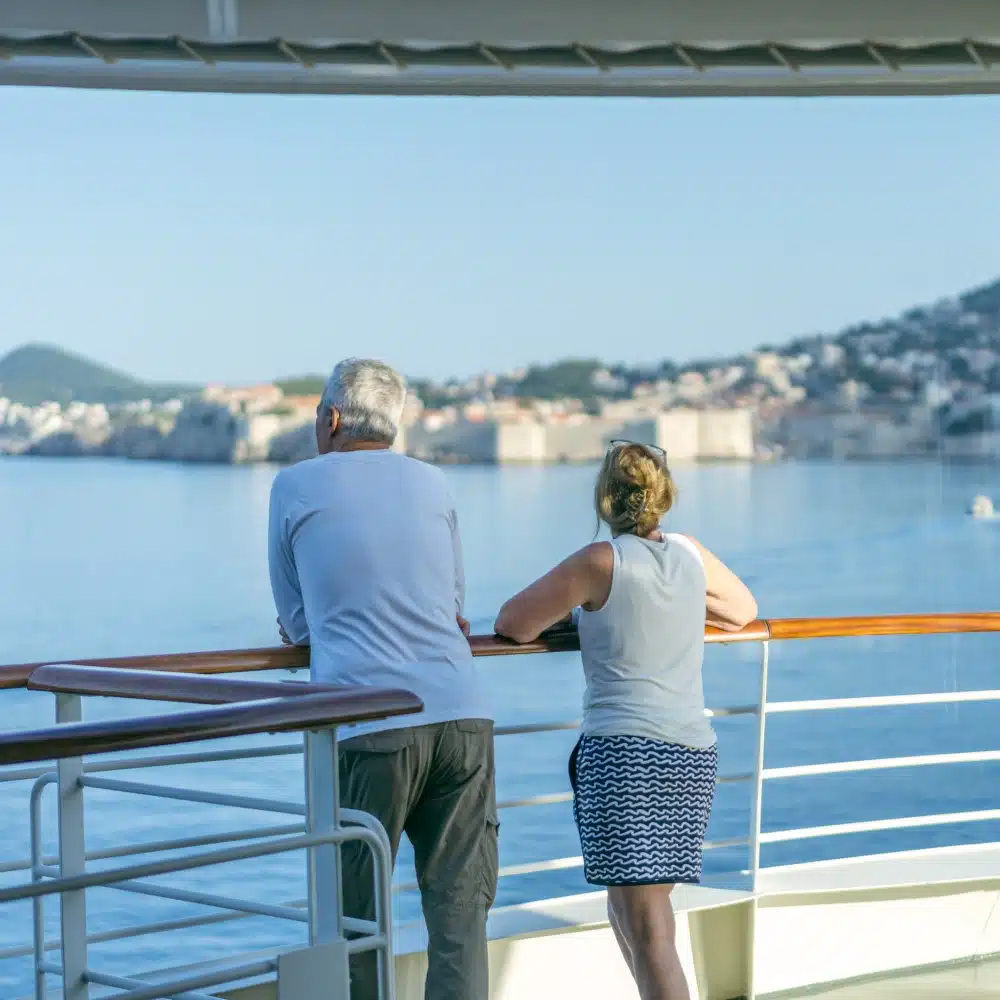
Jean-Baptiste Charcot: Polar Pioneer
Like PONANT, our French forefathers explored the polar regions with unbridled passion. Jean-Baptiste Charcot – after whom we named Le Commandant Charcot, the world’s only luxury icebreaker – set out on a series of voyages to Antarctica between 1904 and 1910. He explored the coast of the continent and discovered several new islands, including Charcot Island, which he modestly named after his father, a renowned neurologist. Charcot’s expeditions helped to advance scientific knowledge of the region and paved the way for the research that many others have conducted since, including us.
In 1912, Charcot commandeered the Pourquoi-Pas, the French Navy’s first school ship, equipped with a motor, three laboratories, and a library. For the next decade or so, he dedicated his life to scientific missions in the North Atlantic, Arctic, and the Faroe Islands; the English Channel; and the Mediterranean. It is in this spirit of inquiry and education that PONANT designed his namesake ship.
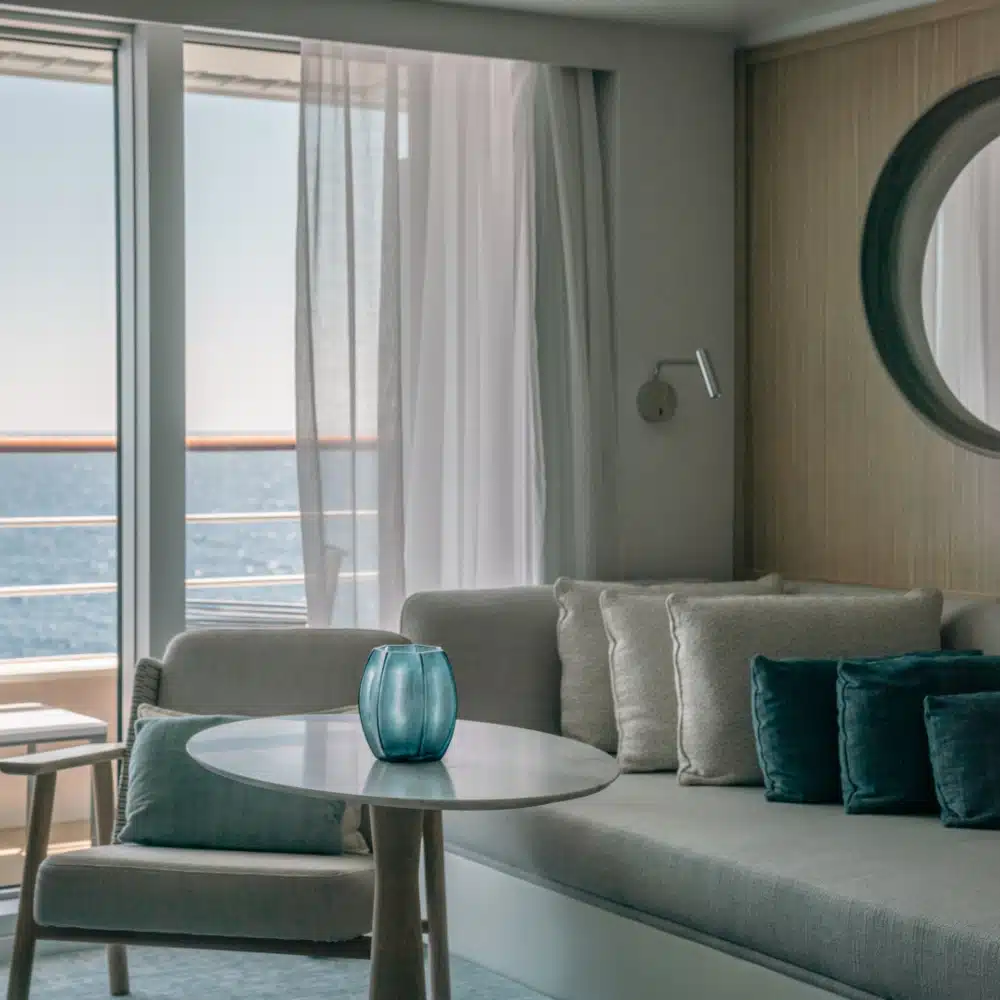
Who’s Behind the Names of Our Other Luxury Expedition Ships?
You may not have heard of the other French explorers after whom we’ve named our luxury expedition ships. But each contributed to our understanding of the world in important and illuminating ways. Here are some highlights of their explorations:
- Admiral and explorer Louis Antione de Bougainville is most notable for his participation in the American Revolutionary War against the British, his 1763 scientific circumnavigation of the globe, and establishing the first settlement of the Falkland Islands. The Bougainvillea flower is named for him.
- In 1785, King Louis XVI named Jean-François de Galaup, comte de La Pérouse, Secretary of State of the Navy and commissioned him to helm an around-the-world scientific expedition. The voyage left Brittany in 1785. After landing at Chile, Hawaii, Alaska, California, East Asia, Japan, Russia, some South Pacific islands, and Australia, his ship disappeared.
- Among other explorations, naval officer Jules Dumont d’Urville was among the first to set sights on Antarctica, in 1840, while helming his ship Astrolabe, an exploration vessel. While there, he named the Adélie penguin after his wife. He was known for returning home to France with specimens from his travels for museum displays, including at least 3,000 plant species and 1,200 types of insects.
- Despite his youth – he was in his 20s – Lieutenant Joseph René Bellot of the French Navy proved himself an extraordinary officer during an expedition to Madagascar in 1845. He joined an Arctic expedition in 1851 to search for a missing British explorer and traveled with a colleague by dogsled 1,100 miles throughout the Northwest Passage, discovering the strait named after him. He is said to have befriended an Inuit by building an artificial leg for a local disabled man.
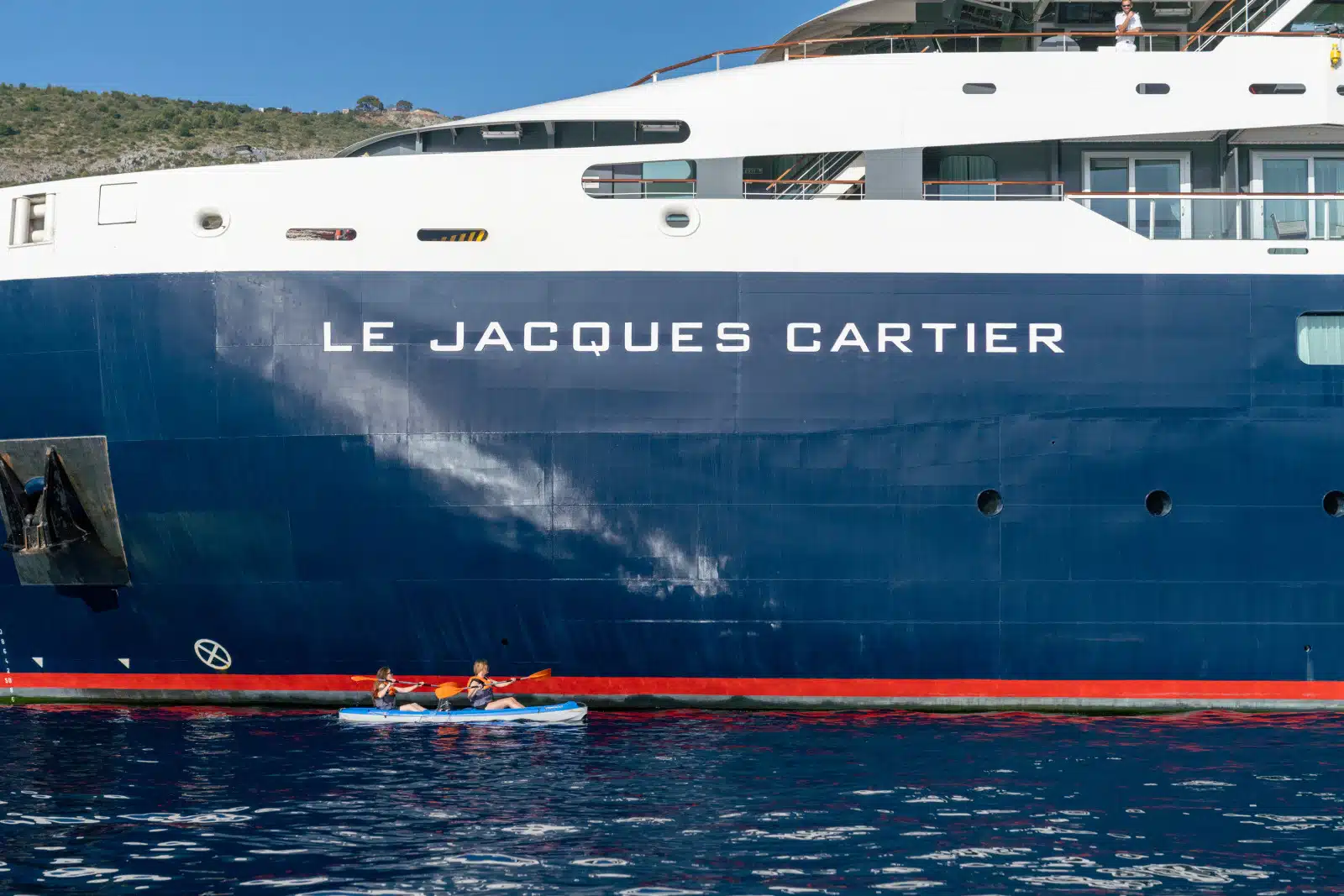

Join Our Maritime Exploration
We invite you to join us as we continue a centuries-old French maritime tradition of exploration and discovery. It’s the most inspirational and illuminating “bon voyage” you’re ever likely to experience.




